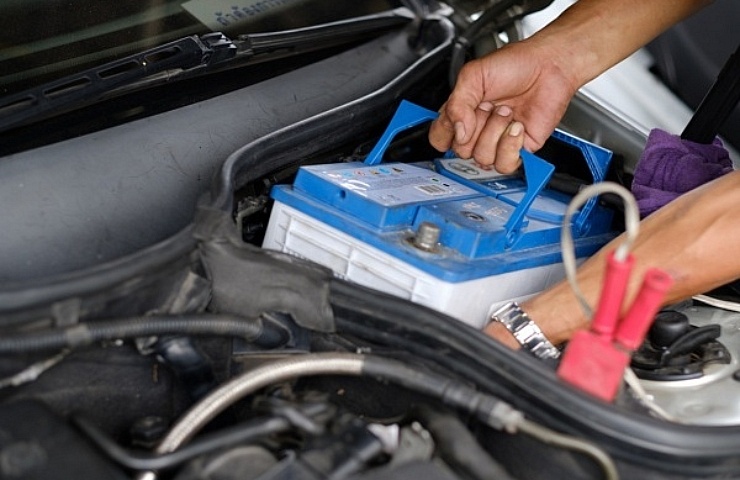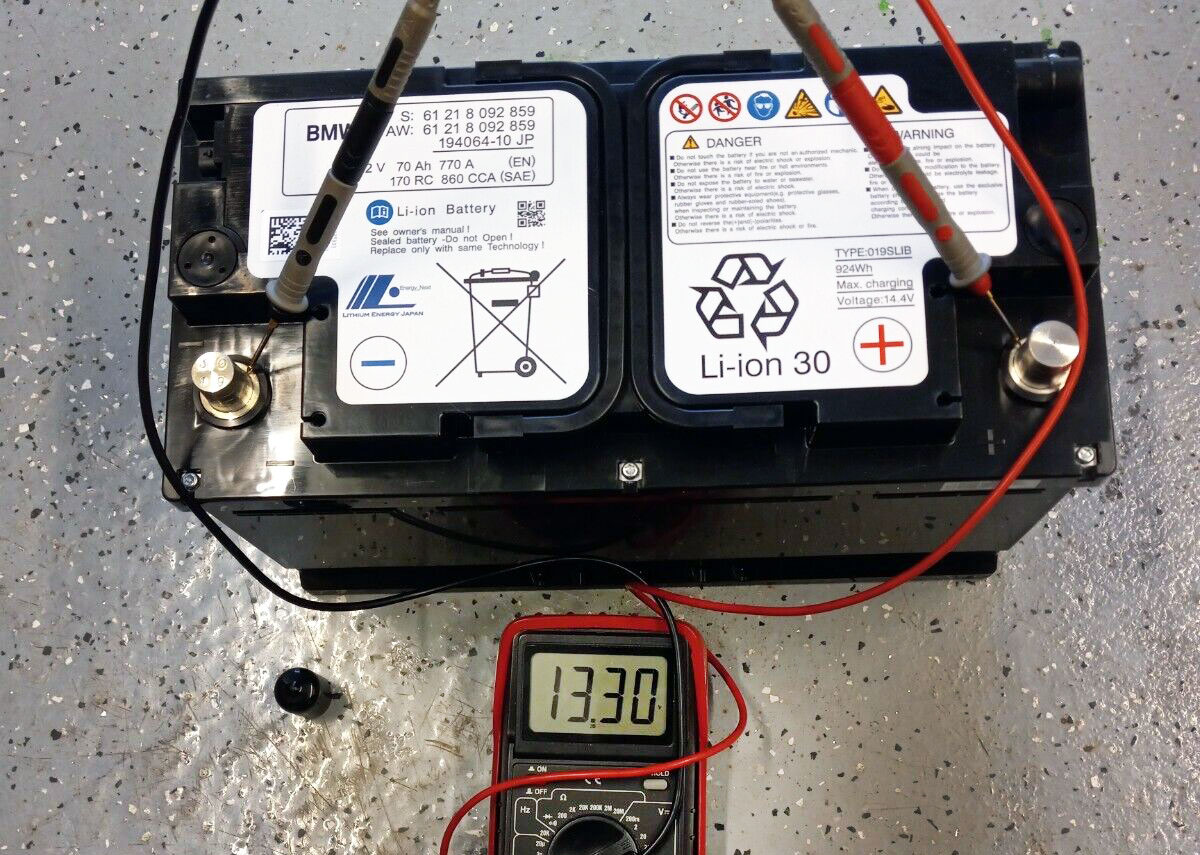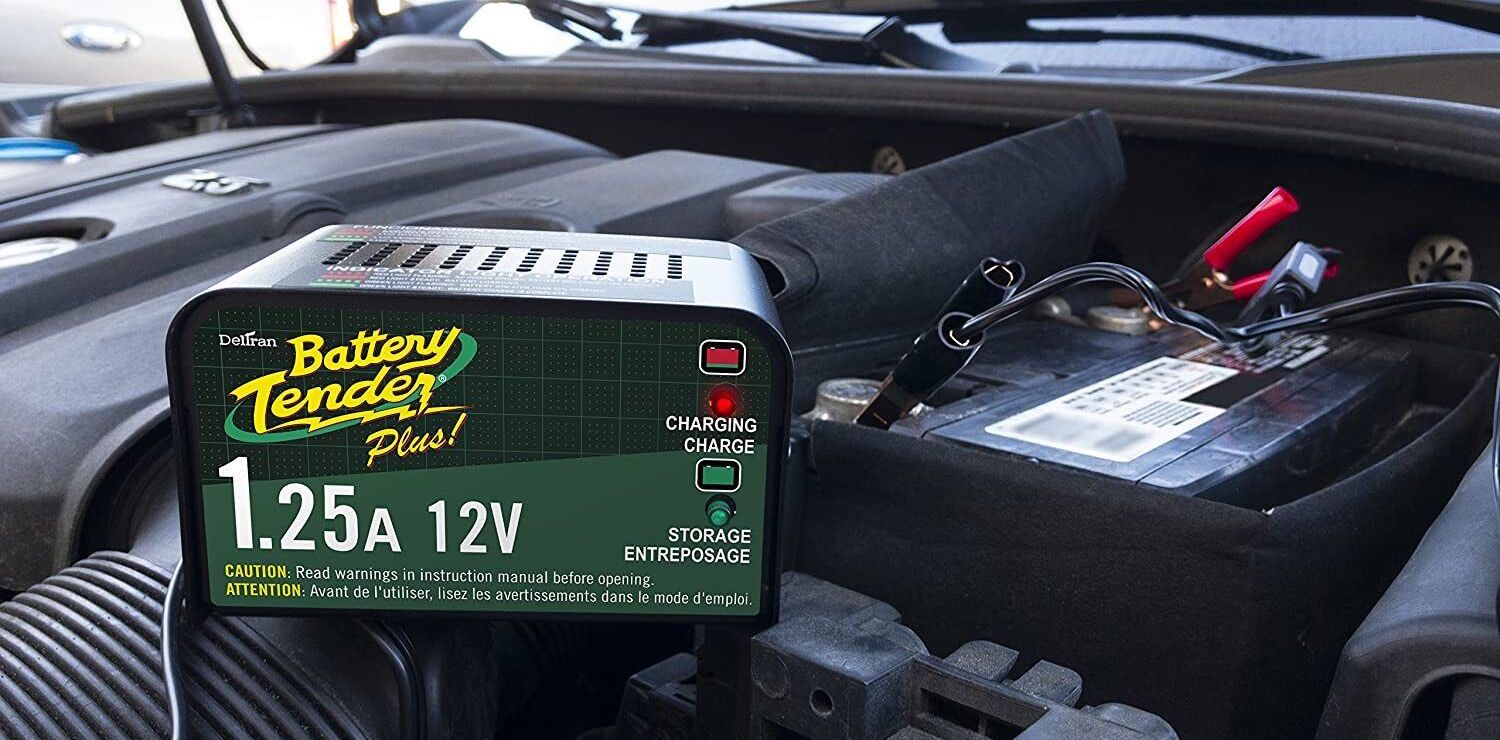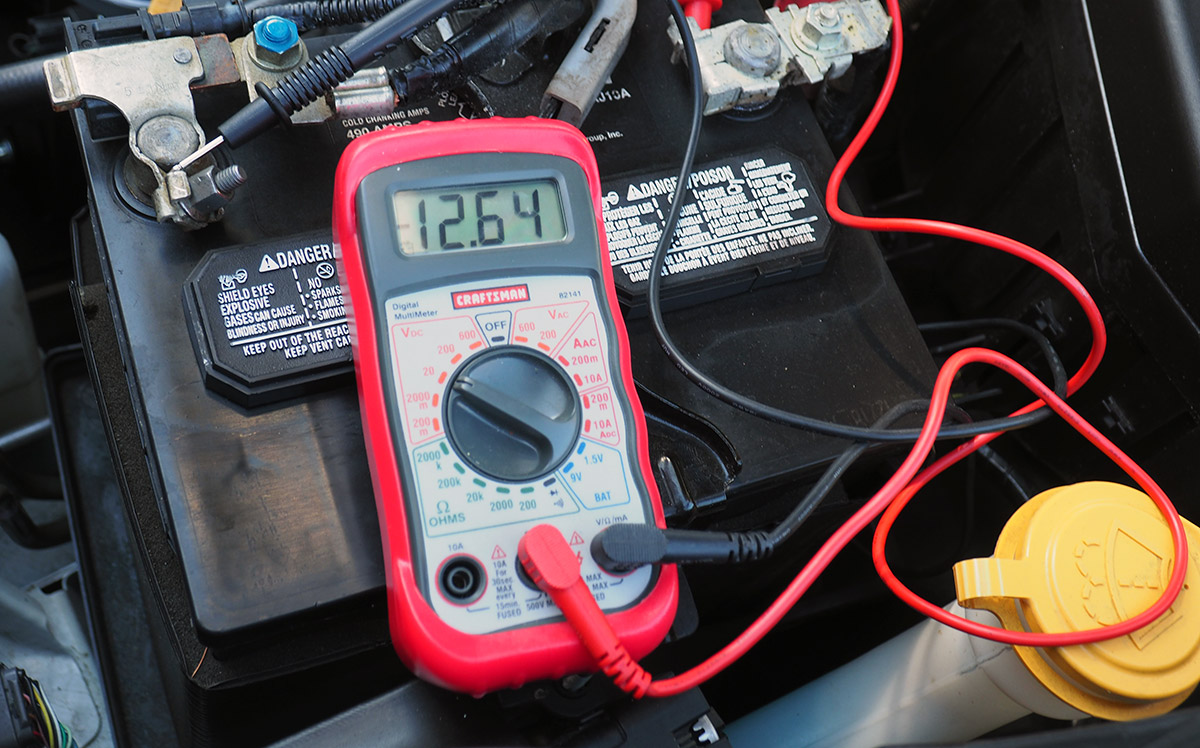Contents
Aging car batteries can fail with little notice and no trouble signs. A high-quality car battery with proper care should last at least five years.
Factors to Extend a Car Battery’s Life
Some of the things that reduce a battery’s life can be mitigated. Here are a few of the most common.
Heat
The number-one cause of car battery failure is heat. When the ambient temperature exceeds 100 degrees Fahrenheit, the temperature under the hood can quickly rise above 200 degrees. That creates ovenlike conditions. A battery relies on chemical reactions to generate and store electrical power. High temperatures cause those chemicals to wear out faster, reducing battery life.
In states like Arizona, drivers are lucky to get three years of life from car batteries, and there’s nothing that can prolong their lifespan. Check the battery with a battery tester or multimeter before the warranty expires.
Vibration
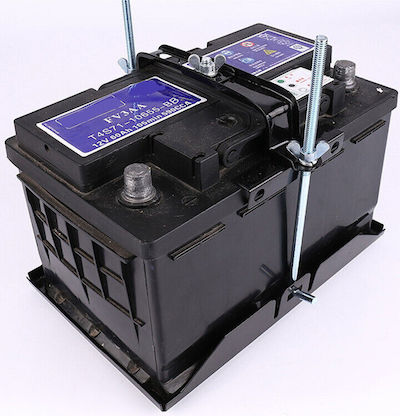
If you don’t have a tie-down strap for your car battery, get one now. Some battery tie-downs consist of two long bolts that connect over the car battery with a metal strap. Others use a metal clip that bolts down over a lip on the bottom. A car battery not secured by a strap will allow the fragile, thin lead plates to fail prematurely. A battery tie-down strap is easy and will help avoid costly replacement.
Usage
The alternator recharges the battery when the car is in operation. But if a vehicle sits unused for a long time—even as little as two weeks—the battery’s capacity to charge will drop. If its stored energy completely drains, it takes much longer to charge back to its normal state. The more often a battery’s charge falls below 50 percent, the quicker it will fail.
To avoid these problems, turn off the radio and lights when the car is not running. If you leave the car unused for over two weeks, consider a trickle charger to keep the battery fully charged.
Read this: A Battery Maintainer Saves Your Car’s Battery During Storage
Battery Power
Cold-cranking amps indicate how much power a battery can provide for 30 seconds at zero degrees Fahrenheit. The higher the rating, the more energy is offered by the battery. If the battery is undersized—consuming too much power to start the engine—it will lose energy-storage capacity.
Use a multimeter to read amps before and after the battery starts. If you see a drop of two volts or more after starting, the battery might be undersized for the car’s needs. If the battery frequently depletes below sufficient reserve power, it could cut its life in half.
Types of Car Batteries
Lead-Acid Battery
About half of all batteries use lead-acid chemistry. A lead-acid car battery contains an electrolyte of water and sulfuric acid. Lead-acid batteries have screw-on or clip-on caps.
You should carefully check the liquid level every four months and add distilled water to the top of the vent line if necessary. Otherwise, the metal plates in the car battery will not have sufficient electrolytes surrounding them to work correctly.
AGM Battery
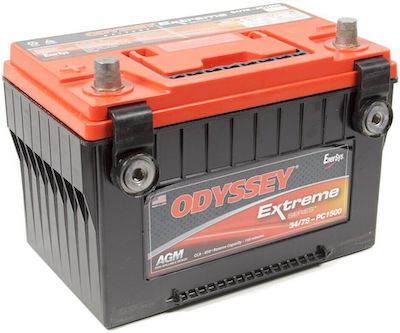
As a result, AGM batteries recharge faster and offer more power for modern automotive electronics. You will often find AGM batteries in cars where the battery is in the trunk or under a car seat.
Lithium Battery
A relatively recent addition to the marketplace is lithium batteries. They use lithium as the anode in the car battery instead of the more common (and cheaper) zinc. They are known for holding a charge longer and can pack more power in a similar-sized battery. These batteries are still pricey and might not be beneficial for most drivers.
Is My Car Battery Failing?
A quality battery tester will check for several health factors, including the cold cranking amperage, state of charge (amount of energy stored in battery vs. actual capacity), load, and charging status. One reliable indicator of battery health is a load test, which quality testers can perform. A load test simulates a car starting, and if the battery can sustain that load (typically half the cold cranking amperage) for 15 seconds, the battery is still good.
Cost to Replace a Car Battery

At a minimum, you should ensure that a replacement battery has at least the same cold cranking amps (CCA) as the original. Also, you should make sure the replacement has the exact dimensions and will fit into the space reserved for the battery. Check to ensure the posts are the same as the failed battery, or you might to change some cables.
Shop now for car batteries
